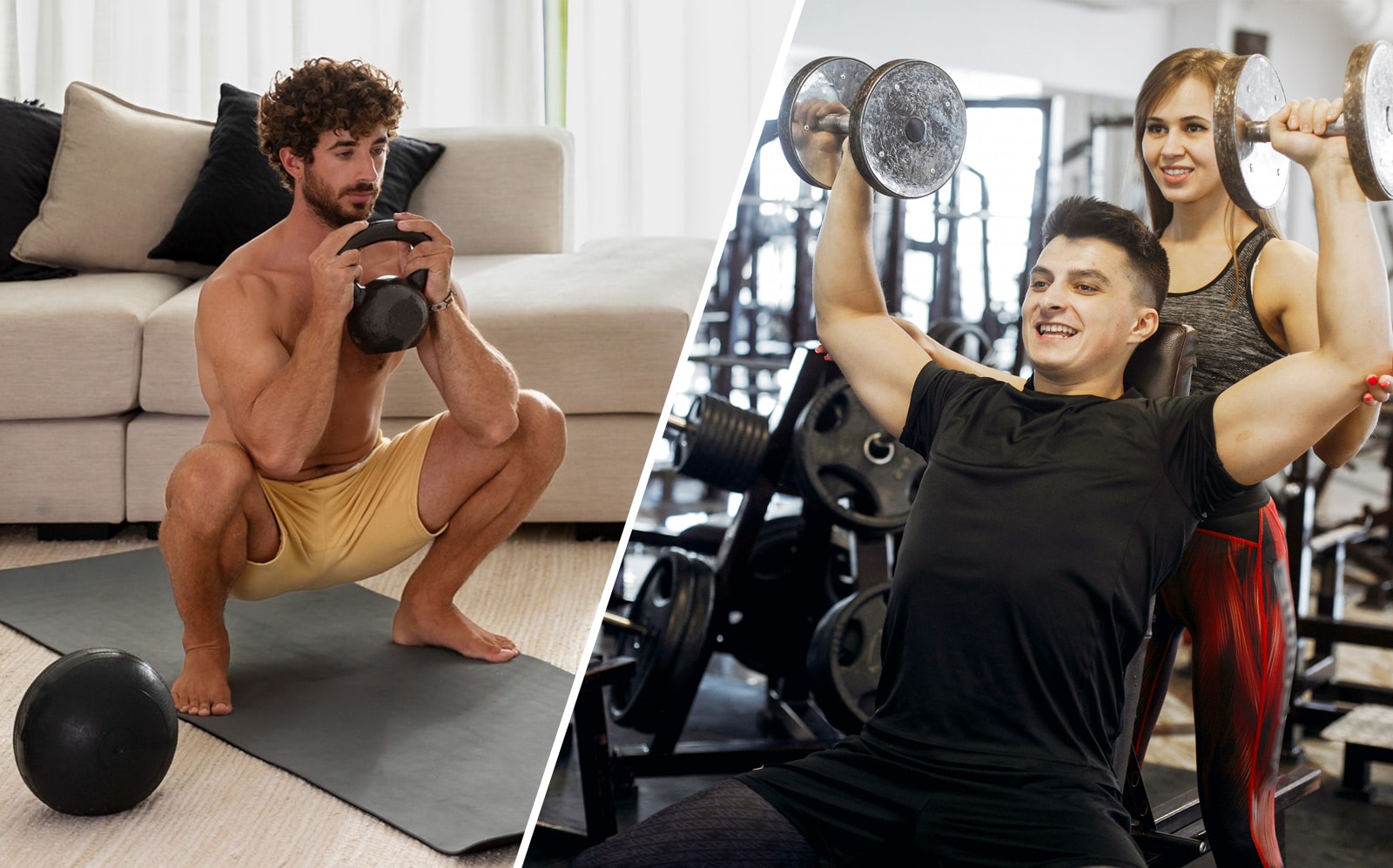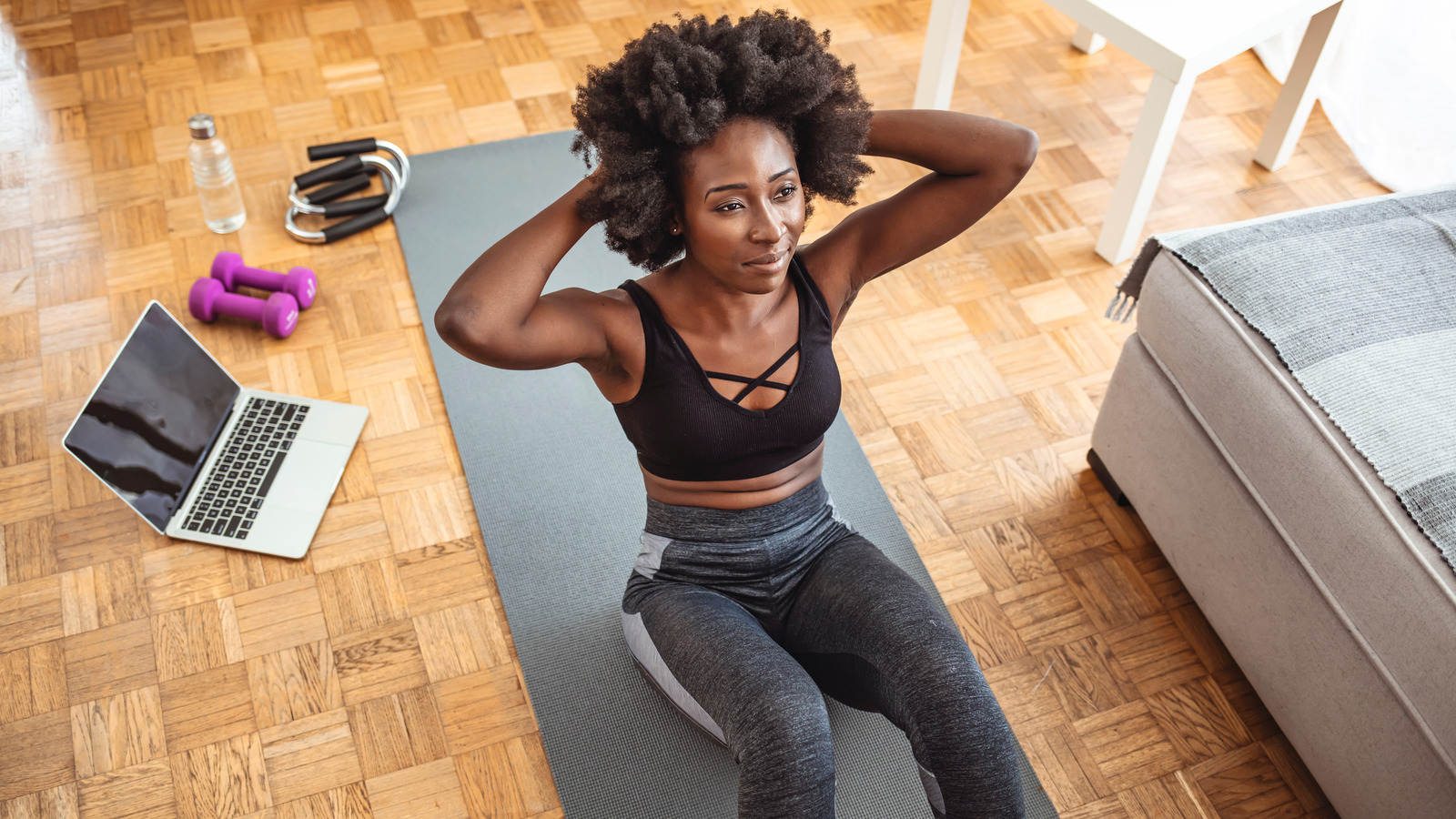
Juggling work, family, and personal life can make fitting in a workout feel impossible.
The gym, with fancy equipment and monthly fees, can seem like a hard commitment. But what if you could get a great workout without leaving your living room?
Home workouts are a fitness routine you can do from the comfort of your own home, on your own time. But are home workouts really as effective as gym workouts?
The convenience of home workouts
Home workouts offer a level of convenience that's hard to beat. No more rushing to the gym after work, you can roll out your yoga mat and get started whenever you have a spare moment.

Feeling a little under the weather? No problem – you can sweat it out in your pyjamas without worrying about germs or judgmental stares.
But is convenience enough?
While convenience is a major perk, home workouts offer more than just staying in your PJs. Here are some additional benefits:
- Cost-effective: Skip the gym membership fees and invest in a few basic pieces of equipment like resistance bands or dumbbells. You can even use household items like water bottles for weights!
- Tailored to you: Design your workout routine around your specific needs and goals. Want to focus on flexibility? There are countless yoga and bodyweight exercise options. Looking to build muscle? You can find bodyweight exercises that target different muscle groups.
- No commute, more time to move: Ditch the travel time to and from the gym and spend that extra time on your workout!
ALSO READ: 10 household items you can use for an effective home workout
Do home gyms have limitations?
While home workouts have their advantages, it's important to consider some potential drawbacks:
- Limited equipment: Without access to a wide range of gym equipment, it can be challenging to target specific muscle groups or perform advanced exercises.
- Motivation matters: The gym environment can be motivating, with the energy of other exercisers and the presence of trainers. Staying motivated at home can be tougher.
- Form matters: Without proper guidance, it's easier to fall into bad exercise form at home, which can lead to injuries.
Gym benefits
Gyms offer a structured environment with a variety of equipment to suit all fitness levels. Here are some benefits of traditional gym memberships:

- Variety is the spice of life: Gyms offer a wide range of equipment, from cardio machines to free weights to weight machines. This variety allows you to target different muscle groups and keep your workouts interesting.
- Expert guidance: Many gyms have certified trainers who can create personalised workout plans, teach proper form, and answer your fitness questions. This expert guidance can help you reach your goals safely and efficiently.
- Gyms can be a social environment where you can meet other fitness enthusiasts and create a sense of community.
But gyms aren't perfect either
While gyms offer a structured environment and expert guidance, they also have some downsides to consider:
- Cost: Gym memberships can be expensive, especially if you opt for personal training sessions.
- Intimidation factor: Gyms can be intimidating, especially for beginners. Stepping into a room full of people lifting weights can be overwhelming.
- Commuting can cut into workout time: The time it takes to get to and from the gym can eat into your workout time.
So, home gym or traditional gym?
Ultimately, the best workout routine is the one you'll stick with. Here are some questions to consider when making your decision:

- What are your fitness goals? Do you want to build muscle, lose weight, or improve your overall fitness?
- What is your budget? Can you afford a gym membership and any additional equipment you might need?
- What is your personality? Do you thrive in a social environment, or do you prefer to work out alone?
Don't feel like you have to choose just one. Many people find success with a combination of home and gym workouts. For example, you could hit the gym a few times a week for weight training and then use bodyweight exercises or yoga routines at home on off days.
Read Full Story















Facebook
Twitter
Pinterest
Instagram
Google+
YouTube
LinkedIn
RSS